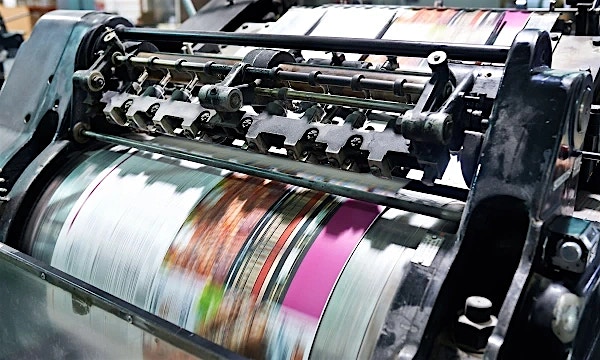Introduction
Our client, a retail gas and electricity provider, operates as the electricity and natural gas retailer of more than 55,000 businesses, wanted help segmenting its customer base to generate insights and make business-driven decisions.
The Challenge
High customer acquisition
The client’s sales and marketing leaders found that customer acquisition costs were high in relation to lifetime customer value, especially for their value-added service offerings. They used a simple model to segment their customer base for telesales campaigns, but their success rate was only 15%, which was not profitable.

The Objective
Better target potential customers to reduce acquisition costs
The client reached out to HCLTech to help turn their existing data into customer insights, which would enable them to optimize the process of reaching out to customers that were more likely to be interested in the offer and thereby save call center costs.

The Solution
Built customer segmented models using ML
HCLTech’s data science team worked with the client to identify existing datasets, which would be useful in developing a sophisticated segmentation model.

- Cleaned and validated the client’s datasets to enable algorithms to identify relationships and characteristics that are likely to be statistically related to successful sales
- Built a complex model based on recursive partitioning to use data about customers and their behavioral patterns to predict which customers are most likely to respond positively to an approach
- Created data visualizations for model output to further aid decision-making
The Impact
Sixfold increase in targeting model effectiveness
The results produced a valuable insight: our client has two customer segments (a bi-modal distribution) that are likely to purchase complementary services when approached by the contact center. Major achievements of the project included:
- Yielded a 600% increase in the number of customers purchasing complementary services during simulations
- When the sales and marketing team implemented the model, it helped increase campaign success rates by 40%, significantly reducing customer acquisition costs and increasing profitability
- 92% model accuracy as measured by ROC AUC







